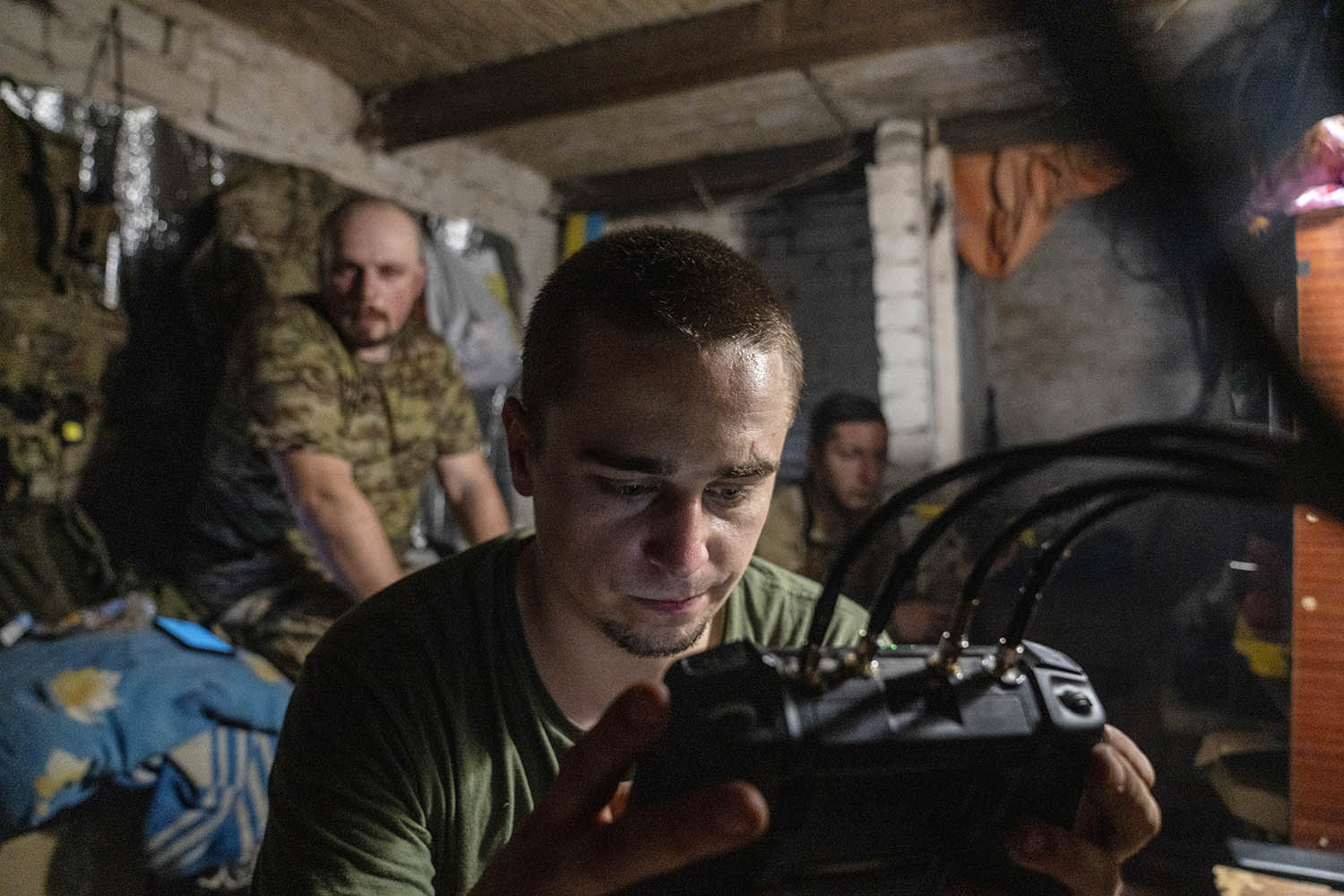Two weeks ago Aleksandr Z, a lorry driver from Chelyabinsk in the Urals, was hired by someone he took to be a local businessman to deliver two prefabricated wooden huts to an address near Murmansk, a three-day drive away in the Russian Arctic.
Having agreed a price, he loaded the cargo on to his lorry. En route, he received detailed instructions “from an unknown individual” on when and where to stop, which turned out to be near a Rosneft petrol station close to a military airfield.
He followed the instructions and when he stopped was surprised to see the huts’ roofs slide off automatically and more than a dozen drones fly off towards the airfield.
Similar deliveries took huts and drones to designated launch sites from European Russia to central Siberia, and the rest is an astonishing piece of military history.
It is one that delivered “a serious slap in the face to the power and terrorist nature of the Russian federation”, according to General Vasyl Maliuk, head of Ukraine’s SBU security service. It could also change the course of the war.
Related articles:
The strategic bombers targeted by Ukraine’s Operation Spider’s Web were a pillar of Russia’s “nuclear triad” and would ordinarily have warranted the same level of protection as the Kremlin and Vladimir Putin’s presidential compound, military analysts say.
Ukraine claims up to a third of these aircraft were destroyed or put out of action in an operation 18 months in the planning that revealed gaping holes in Russia’s intelligence and security apparatus.
When all the lorries were in place, spread across five timezones, the huts’ roofs were opened remotely and 117 drones took off, piloted by Ukrainian operators sometimes thousands of miles away to hit bombers at the Olenya, Ivanovo, Dyagilevo and Belaya airfields.
In the course of the operation 41 aircraft were hit and 13 destroyed completely, according to the SBU, among them long-range T-95 bombers, nuclear-capable supersonic Tu-22 and Tu-160 bombers and precious A-50 airborne early warning aircraft.
The loss or damage of any A-50s, of which Russia is estimated to have fewer than 10 in operation, will affect not only its ability to launch cruise missile strikes into Ukraine, but also its ability to counter Ukrainian drone attacks into Russia, says the aviation security analyst Sean Patrick of Osprey Flight Solutions, who called the attack “a marvel in asymmetric warfare”.
Confirmation of the first A-50 destroyed was cause for “true celebration”, Colonel Yurii Ihnat of the Ukrainian air force said.
“And as for the destruction of strategic aviation – which constantly operates from deep within Russia, terrorising Ukrainians with [cruise] missiles – it was once just a dream to be able to reach them at the airfields where they are based.”
Ukraine surrendered all nuclear weapons on its soil in return for security guarantees from Russia, the US and the UK in 1994.
However, it kept a few examples of Soviet-era strategic bombers at an aviation museum in eastern Ukraine. These planes were reportedly used to help train the attack drones to recognise their targets and hit their fuel tanks.
Dramatic footage released by the SBU shows that many of those fuel tanks were full, indicating that the aircraft were ready to take off for attacks on Ukrainian cities, Ihnat told The Observer.
The “businessman” who placed the orders for the huts has been identified in Russian media reports as a 37-year-old Ukrainian disc jockey with the first name Artyom, who is now a wanted man.
Photograph by Jose Colon/Anadolu, Getty



